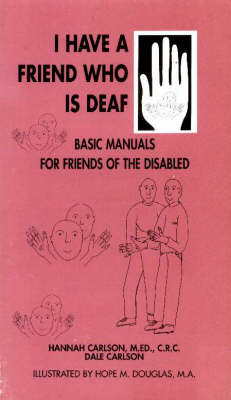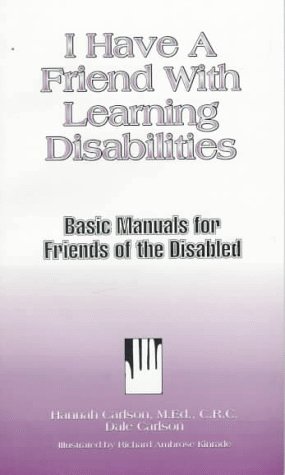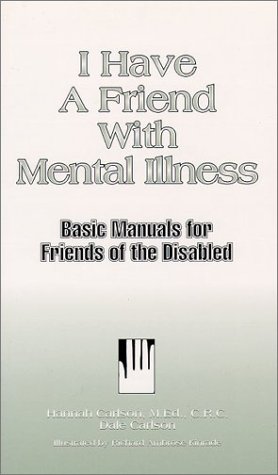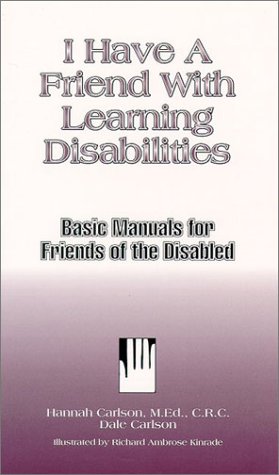Basic Manuals for Friends of the Disabled
5 total works
v.3
The biggest problem people with a deafness or hearing loss encounter is that of living in a world of sound, that insists on auditory cues, that treats those without hearing as of they were without sense. If you are family or caregiver, old friend or new friend, learn that there are resources for information, help, and reassurance, and in a world that tends to avoid or misunderstand, an offer of help and knowledge of what is available can be an end to the despair of isolation.
v.4
Millions of people live with disabilities, but the lives of disabled people have not significantly improved - they often undergo a kind of social death long before experiencing a physical one. Understanding the needs and feelings of people is just as important for those in a wheelchair or on crutches as it is for the mobile. This is particularly so in a world which equates self-worth with independence, and regards any handicap as a failure. This manual for friends of those with disabilities offers information, help and reassurance.
v.2
Blindness does not discriminate - any baby can be born blind, and any adult can become blind, but if a blind person has training and opportunity blindness need not be a tragedy. This manual for people with blind friends offers advice, help and knowledge about the resources available. People who are blind are usually portrayed in two ways: those who are completely helpless and can't do anything, and those who are "superhuman" and can do everything. The truth is that people who are blind or visually impaired can do most things, but need help with some things. In a world which is so insistent on visual clues, people regard a physical limitation as a failure. This guide attempts to redress the balance.
v.6
Mental illness is not fun, ever. To someone who has a mental illness, life can sometimes be a nightmare, often terrifying and bizarre, always a prison of isolation. Mental illness may accompany mental retardation or learning disabilities, but it is neither of these. Mental illness, like any illness, is the loss of ability to function properly. In the case of mental illness, it is the inability of the brain to respond or adapt accurately to the real world. Those with mental illness tend to have significant trouble identifying and processing what is really happening to them and around them. This makes it very difficult for them to relate to others, think logically, to develop close and lasting relationships, or smoothly functioning work relationships. Many people with mental illness spend much or all of their lives longing for safe, close companionship that they can trust. Sadly, because of the limitations imposed by their symptoms, and because those around them do not know how to handle their illness, these people rarely develop or keep relationships. Everyone suffers: the person with the mental illness, his or her family, friends, teachers, employers or employees.
To change this experience of isolation and suffering into meaningful relationships and more productive lives for all those involved, one needs to understand what mental illness is. I Have a Friend with a Mental Illness will help all to understand and help those suffering with a mental illness.
To change this experience of isolation and suffering into meaningful relationships and more productive lives for all those involved, one needs to understand what mental illness is. I Have a Friend with a Mental Illness will help all to understand and help those suffering with a mental illness.
v. 5
I Have a Friend with Learning Disabilities
by Hannah Carlson and Dale Carlson
Published 1 October 1997
- Available in this compendium or in individual volumes (see listing below).- Provides families, friends, caregivers, teachers and employers much needed information such as: medical causes and conditions, feelings and behaviors on both sides, diagnoses and adaptive technology, resources and ADA rights.- Endorsed by doctors, nurses, therapists, and rehabilitation specialists from all areas of the mental health and rehabilitation fields.Life stories are included for role models, and an appendix lists local and national organizations for both technical help and emotional support.




